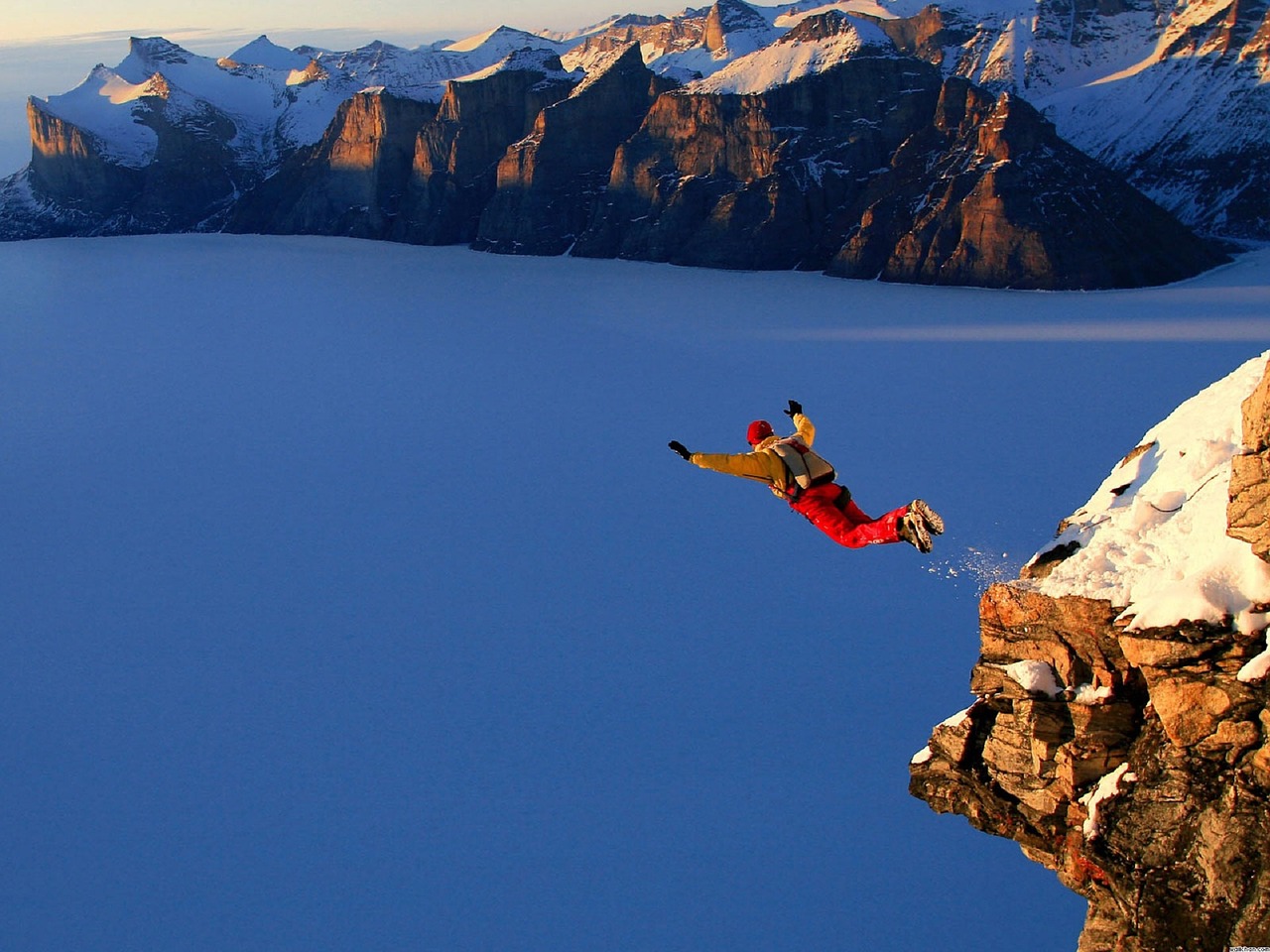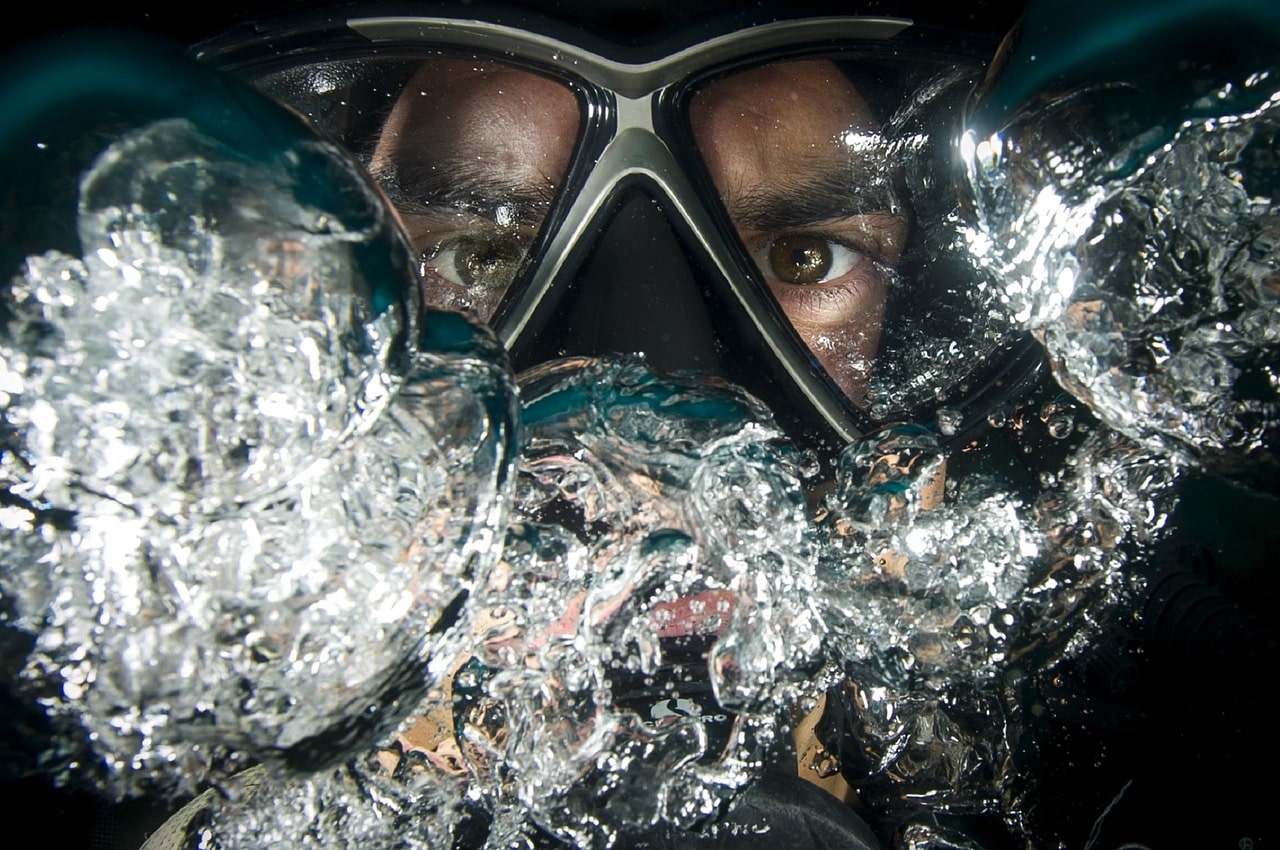Some men like a good adrenaline rush. Some men are looking for a hobby that makes them feel alive.
There are many hobbies for men that don’t require them to lie to their family about what they’ve been up to all day, like frisbee golf and tennis.
We aren’t talking about those hobbies for men.
We are discussing risky activities that will make any man appreciate his life because he could lose it at any time.
What is an Adrenaline Rush?
Your body has a pretty sophisticated defense system that will release the adrenaline hormone (endorphins) when faced with a stressful situation.
During the adrenaline rush your body experiences:
- Resistance to pain
- Increased strength
- Heightened mental focus
- Blood is redirected to your muscles
- Airways relax for better oxygen flow
- Pupils widen for optimal eyesight.
For many people experiencing the effects of endorphins in their bloodstream is a welcomed high. These people are often attracted to extreme sports with unpredictable factors that result in a guaranteed adrenaline rush.

Are You an Adrenaline Junkie?
There are common denominators in the lives of adrenaline junkies who haven’t found an extreme sport to help them scratch their itch. Here are some signs that you, or someone you know, might be an adrenaline junkie, and not even know it.
- Regularly in crisis mode and dealing with drama
- Hang around people who always need help
- Always loading up the schedule to the brim
- Waits until the last minute to get things done
6 Dangerous Hobbies That Will Surely Kill You
What draws certain people to extreme sports depends on many factors. We have a natural inclination to face nature and climb heights.
But what exactly makes some people risk so much in order to get a thrill? It could have something to do with the digital revolution, and how removed we are from real life. Perhaps, as humans, we are wired to face many more challenges than modern life can offer.
Whatever the reasons it is undeniable that extreme sports are becoming more common hobbies for men who are looking to experience life by challenging death.
1. Jumping out of A Plan Like a Crazy Person

They call it “sky-diving” or “parachuting."
Sounds fun.
Here’s what happens: You and a group of crazy people pile into a small plane which climbs to 15,000 feet. Then, you all jump out of the plane like it’s a great idea. You fall at the speed of gravity, but don’t die because you have a large towel in your backpack.
The truth is that skydiving is one of the most common adrenaline sports. The death toll is pretty reasonable for such an unreasonable port. There are an estimated 3 million jumps performed each year, and about 20 people die each year jumping. So, your chance of meeting your Maker while skydiving is merely .0007%.
Compared to your chances of being killed in a car accident (0.0168%), skydiving is much safer.
2. Jumping off a Skyscraper and Expecting to Live: BASE Jumping

BASE jumping is what happens when someone thinks jumping out of a plane from 15,00 feet and falling at 100 mph isn’t going to do it anymore.
BASE jumpers climb to the top of something very tall (man-made or otherwise), and jump. Because you have minimum altitude to work with, you only have a few seconds before you must release your parachute. If something goes wrong, there is no time to correct the malfunction.
Apparently, people do this sober and intentionally.
The term “BASE” is actually an acronym that is created out of the four most common structures jumpers like to use for their jumping needs.
They are:
- Buildings: Many BASE jumpers will go for skyscrapers that are under contraction because there are fewer security challenges.
- Antennas: These man-made structures are popular among BASE jumpers. They are often in rural areas, and there is little security.
- Spans (bridges): There is no security to deal with, and bridges are easy to access.
- Earth (natural formations): this refers to cliffs and canyons, fjords and gorges — anywhere with a pronounced outcropping can be used as a jumping platform.
Because BASE jumping is so incredibly dangerous, it is illegal in most places. In fact, there was such a dramatic rise in BASE jumping deaths in 2016, National Geographic published an article covering the deadly sport.
BASE jumping deaths occur about 1 out of every 500 or so jumps.
3. Doing Anything in a Wingsuit

Pretending to be a flying squirrel is another popular activity with daredevils.
Blame it on the wingsuit.
A person in a wingsuit is indeed something you have to see to believe. Joking aside, flying in a wingsuit requires you to travel up to 40,000 feet for a jump. You will need oxygen at the altitude, and to deploy your parachute when the time is right, you might have to do so with frozen hands.
There is even a more dangerous activity using wingsuits: flying like a superhero across rocky valleys and forest at over 100 mph — just a few feet above the tree line or surface.
4. Motorcycle Motorcross Racing

When is come to dangerous hobbies for men, you might be surprised to know just how dangerous this sport can be. An estimated 1 in 100 motorcycle riders will die motocross racing. That’s something to make you stop and think.
Racing motorcycles is already a dangerous activity, but motocross racing adds a whole new level of vulnerability. Some jumps send riders 30 feet into the air, there are tricks to perform, and all is done as fast as possible. Since you are in a race with 10 other bikers riding the same track, if you fall, you are very likely to get run over within seconds.
5. Riding a Big Kite

Hang gliding is a deceptively safe looking sport. It doesn’t seem that risky, and that’s how people get into trouble. It appears to be so gentle and smooth. You aren’t even that high up in the air compared to skydiving and BASE jumping.
When hang gliding, you are at the mercy of wind currents. A great updraft is all it takes to flip you upside down. You fall ungracefully out of the peaceful sky until you reconcile with the ground below.
Like motorcycle motocross racing, the likelihood of offing yourself on a beautiful Sunday afternoon is about 1 in 1000.
6. Finding Nemo

Scuba diving is a favorite activity for people vacationing in tropical regions. The view underwater is no less than breathtaking (pardon the pun).
If you sign up for a scuba excursion, you will be in a group that includes the young and old alike. After some training, you will take a small boat out to a cool shipwreck or living reef. Generally, you are in reactively shallow water for these excursions.
Deep sea diving is a different story.
Most of the dangers of deep sea diving are caused by the intense pressures your body is experiencing. If you are not well aware of the risks involved and how to manage them, you are an excellent candidate to become chum.
You may experience:
- Decompression Sickness: Frequently referred to as "the bends," this is what happens as a result of your body’s tissue absorbing nitrogen to compensate for the intense pressures. If that pressure is released too quickly, you get the bends. It is excruciating, and the nitrogen bubbles can result in death.
- Nitrogen Narcosis: All of that extra nitrogen in your body can cause euphoria and impaired judgment. The deep sea is no place to lose your wits. The upside is that you won’t mind drowning so much.
- Pulmonary Embolism: A diver who rapidly ascends to the surface could experience a deadly pulmonary embolism. Basically, your lungs swell up like a balloon and pop.
Other deep sea diving risks include:
- Sea Creatures: The deep sea is not a petting zoo. It is the untamed wild and just as dangerous. It is understood that sea life is not aggressive and reasonably safe to be around. Attacks are rare but do happen. Some things can kill you by just touching them. Divers should avoid contact with sea creatures — that goes for coral as well. Keep your distance.
- Equipment Failure: Very few scuba divers own their own equipment, so your safety is in the hands of the equipment’s owner. Gauges can fail, or worse, not be appropriately calibrated which can lead to drowning from decompression sickness, nitrogen narcosis, etc.
There are about 16 deaths per 100,000 dives.
Going Back for More
Dangerous hobbies for men have become more visible all over the world as a result of videos shared on social media. It is apparent that many people are searching for an overwhelming feeling of being alive.
Maybe it is because so much of our interaction with the world has become virtual — a facsimile of reality. Naturally, we are driven to face reality head-on.
Whatever danger you put yourself into, be sure to fully understand the risks.
Something else to consider: if you do get injured, your medical insurance may not cover such risky pastimes. You might need to invest in some supplemental coverage in case things do go…awry.
Have fun, stay focused and don’t get yourself killed.


